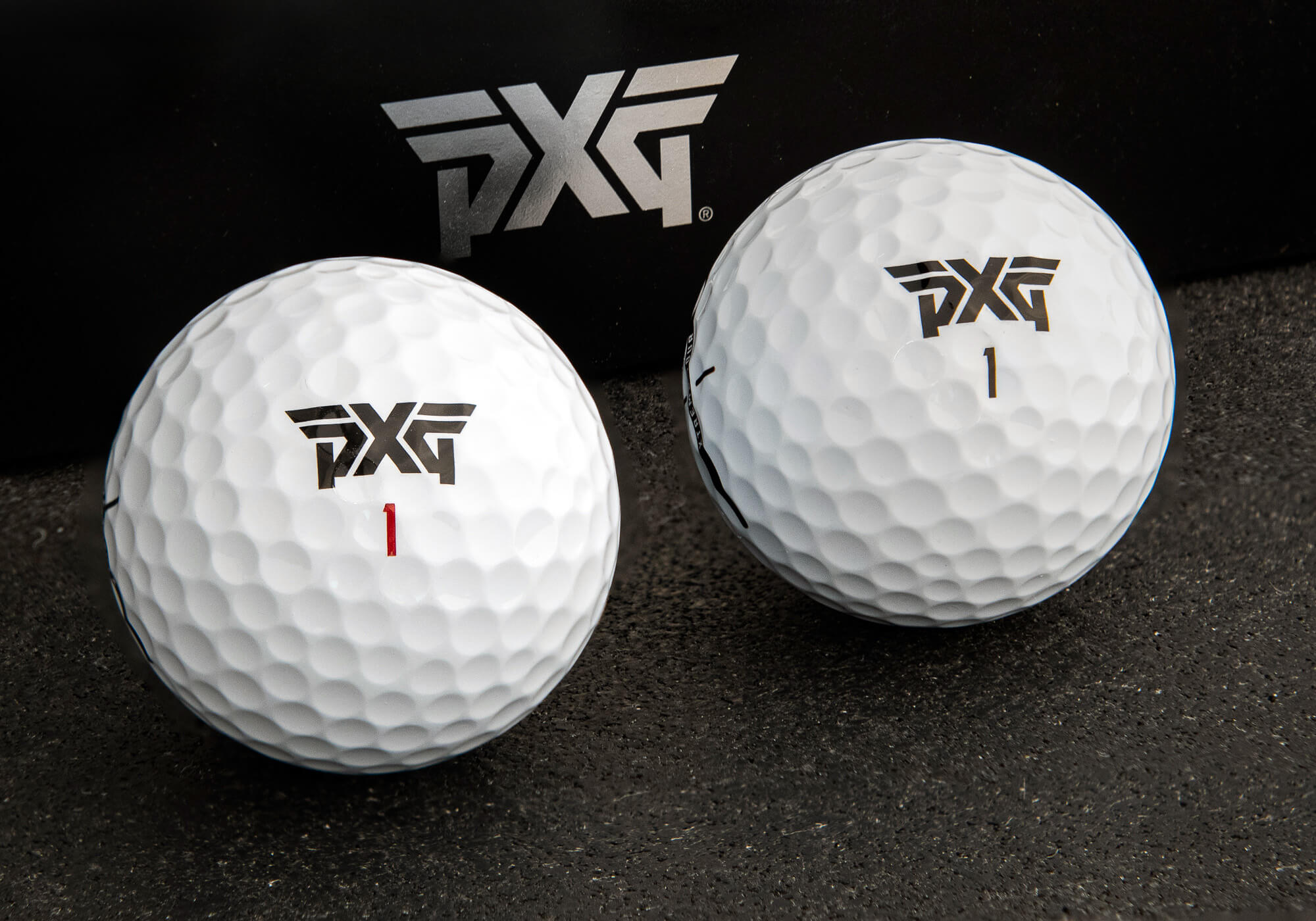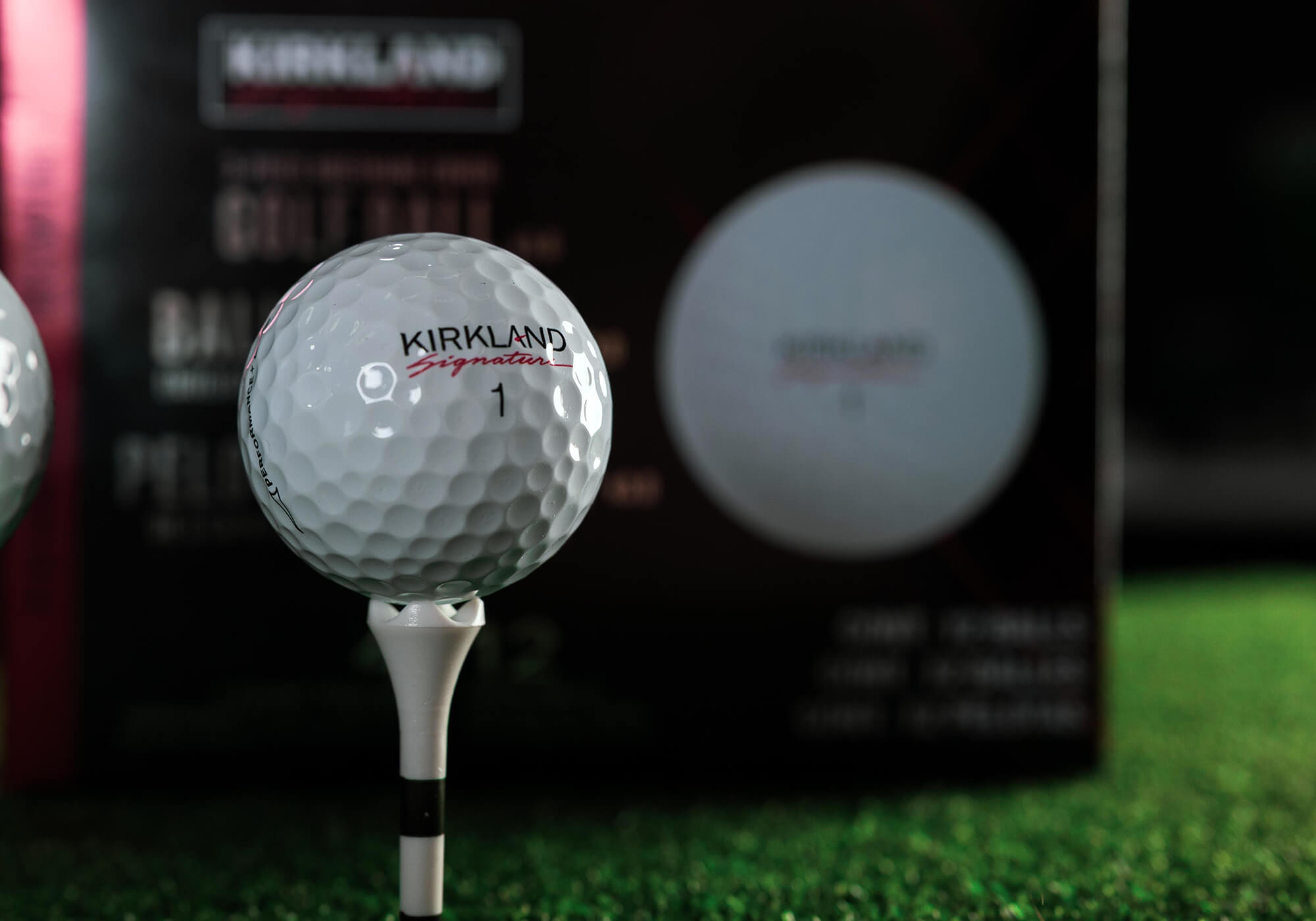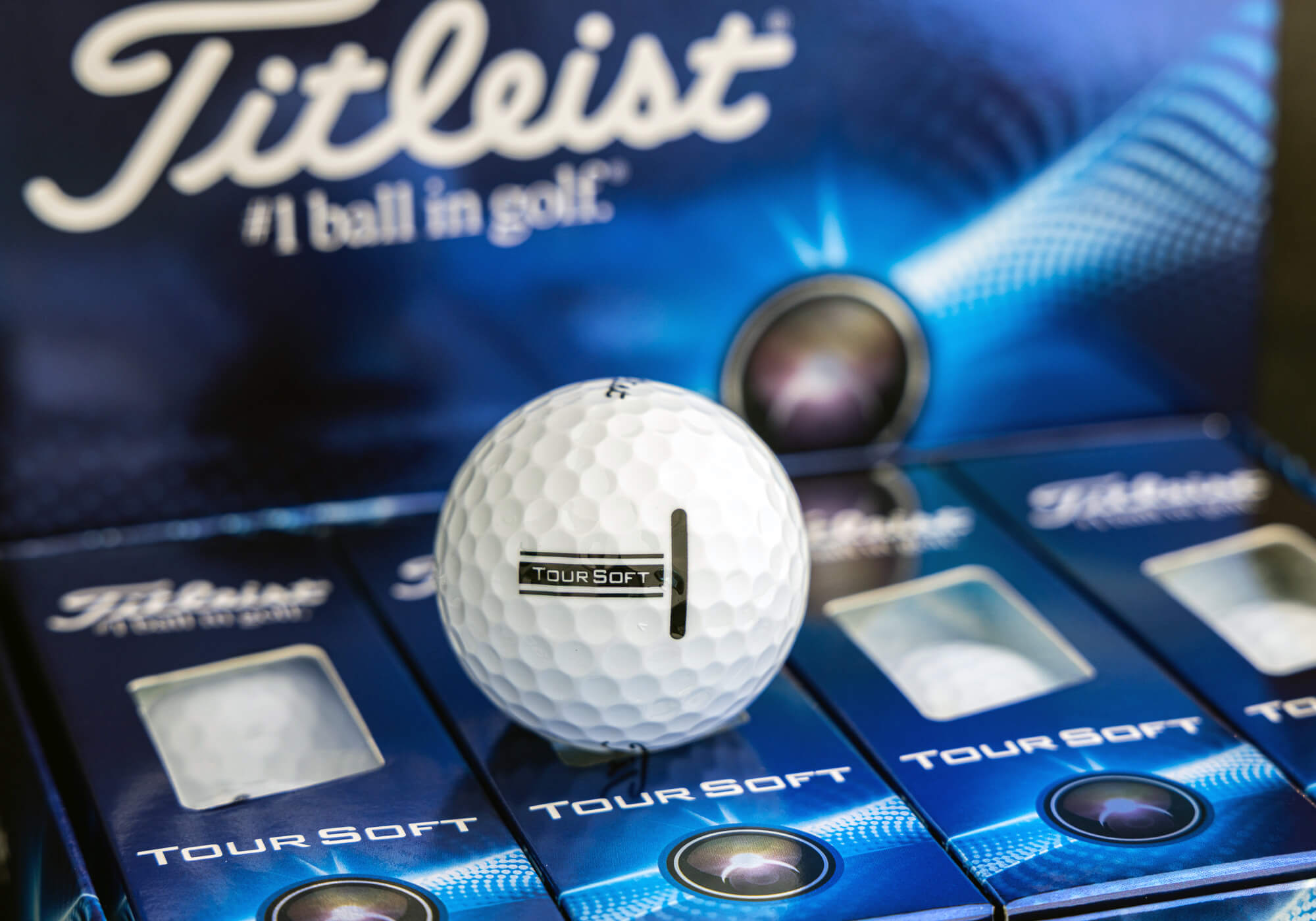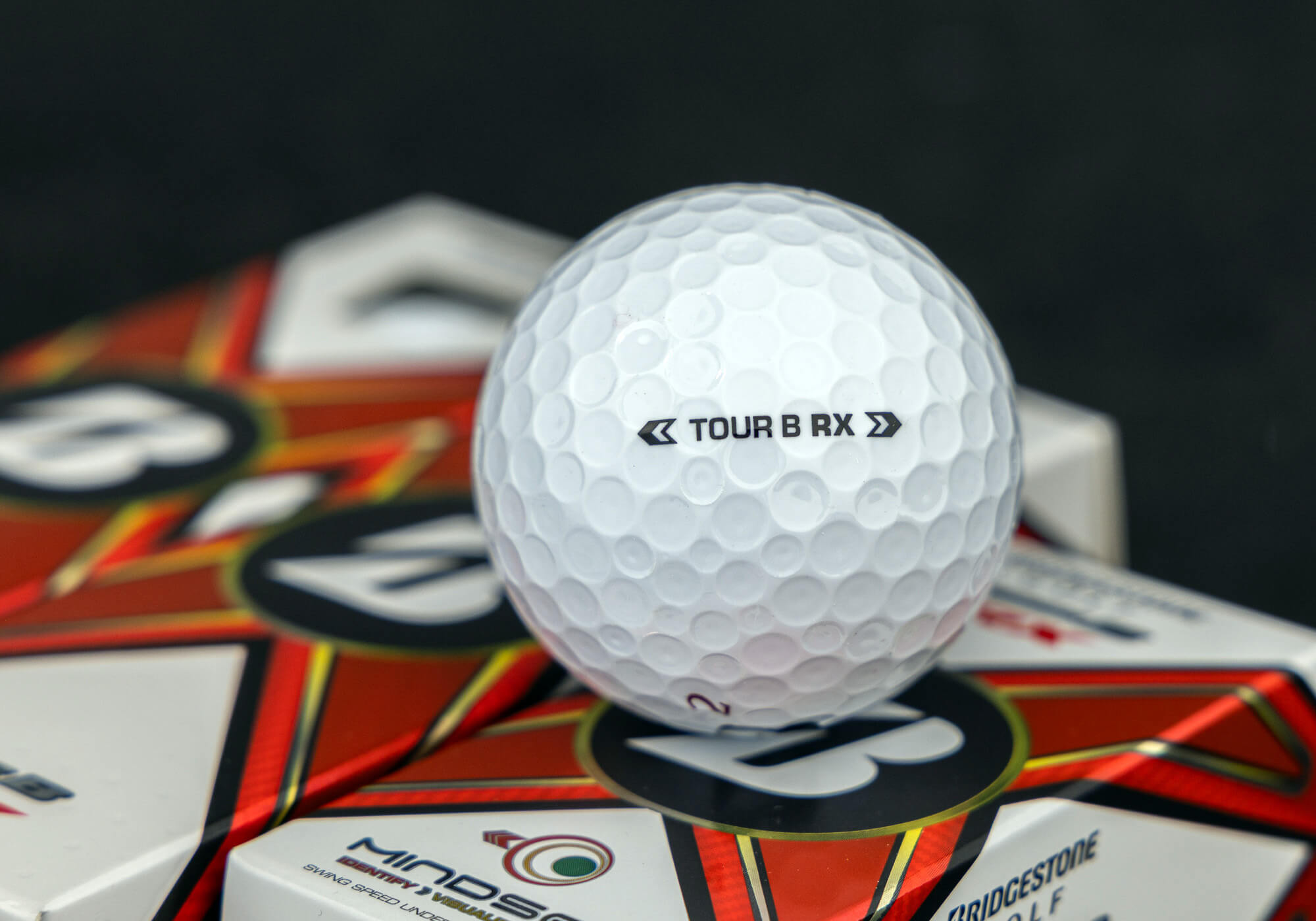Coming out of our recent ball test, we found that many of the usual suspects performed exactly as expected. Pro V1 and Pro V1x delivered the performance we’ve come to know over several generations of testing. Most ionomer balls fell into predictable patterns. Chrome Soft performed like Chrome Soft.
That’s not bad, it’s just, well … predictable. The balls on this list aren’t necessarily the best we tested but they are some of the more interesting ones—six balls that made us take notice because they defied conventional wisdom, solved problems in unexpected ways or simply performed better than we anticipated.
Mizuno Pro S
Mizuno isn’t a dominant force in the ball market but its offerings are steadily improving without resorting to making carbon copies of more popular balls.
Because of that, Pro S showed as arguably the most unique offering in the test. For the most part, it held its own off the tee. What stood out more, however, was what happened down the bag. Pro S was among the highest-spinning balls we tested on full wedge shots while still managing to keep launch and spin at playable levels with the irons.
At lower speeds, we saw added spin with the driver and higher-launching irons. One could argue that Mizuno has stumbled into a recipe that helps slower players get the ball up in the air without giving up too much elsewhere.
While it makes plenty of sense, it’s not a recipe that we see very often, which may be reason enough to give the Mizuno Pro S a try.
PXG Xtreme Tour and Xtreme Tour X

There’s not one thing I can point to as the reason to consider PXG’s Xtreme Tour or Tour X. Both are well-balanced offerings with well-differentiated performance characteristics. Both are long off the tee, while the X tends to spin a bit more on full shots with irons and wedges.
As with others on the list, we didn’t see anything in the ball flight to give us pause.
Truth be told, we saw encouraging signs with the original but there were some early quality issues that made us apprehensive. According to PXG, they’ve pushed its factory to tighten up quality control and ultimately produce a better product.
Our test results suggest that not only is it working for PXG but likely working to the benefit of the next ball on this list that happens to be made at the same factory.
Kirkland Performance+

Whether you want to call it the Performance+ 3.5 or the one in the box with the red stripe, it doesn’t matter much. The point is that the newest Kirkland is fundamentally a better golf ball.
Previous iterations of Kirkland’s 3-piece balls were spinny … excessively spinny … and, quite frankly, made any comparisons to the Pro V1 laughable.
This new version offers much more balanced performance and plays much better to the middle part of the fitting bell curve. The new model is longer off the tee and has brought significant spin reduction through the rest of the bag.
If there’s a knock, it’s that Costco may have sacrificed a bit too much greenside spin where the Performance+ has moved from top of the table in previous tests to near the bottom.
It’s still not a Pro V1, but if your golf ball budget is less than $25, I don’t see a sensible way you can do better.
Callaway Chrome Tour Triple Diamond

We had every expectation that Chrome Tour Triple Diamond was going to be fast and long. That makes sense given how Callaway defined the competitive set (a direct Pro V1x Left Dash competitor) and what we’ve seen in the past from Callaway’s Chrome Soft X (now Chrome Tour X). In that respect, Triple Diamond absolutely delivered—especially at high speed where, by the numbers, it was the longest ball in the test.
That said, what surprised us were the spin rates. By no reasonable measure can we say Triple Diamond spins as much as Chrome Tour X, but it does spin appreciably more off the irons than Left Dash. I’ve come to think of it as Left Dash for golfers who need a bit more spin.
Perhaps more compellingly, there were no observable flight issues during testing and, frankly, like Chrome Tour X, Triple Diamond looks to be another Callaway offering the market isn’t giving the credit it deserves.
Titleist Tour Soft

In every test, there’s one ball that raises eyebrows to the extent that we’re pretty sure it’s going to make readers think we did something wrong.
Thanks, Tour Soft.
For what it’s worth, Titleist has been telling anyone that would listen that Tour Soft is the best ionomer ball on the market and, tee to almost the green, our testing supports their case.
At roughly 90 compression, Tour Soft perhaps isn’t as soft as its name implies, but that’s no small part of the reason it more than held its own for distance off the tee while offering plenty of stopping power (high flight, good spin rates) into the green.
Full disclosure: like every other ionomer ball we tested, Tour Soft’s spin rates dropped dramatically on our 35-yard “greenside” shots but, otherwise, one could argue that the only thing separating Tour Soft from Pro V1 is the cover.
I’d be hard-pressed to recommend that many of you should pay $40 for an ionomer ball but if you’re inclined to do so, there’s nothing better in the category.
Bridgestone TOUR B RX

As we’ve said, from one generation of golf balls to the next, things can change dramatically. While it’s hard to say exactly what’s happening with Bridgestone’s TOUR B RX, the samples we measured on our gauges were appreciably firmer than prior generations—jumping from 75 to 90 compression (give or take).
That would certainly explain why RX was longer and faster this time around and, not for nothing, if our test is indicative of the direction Bridgestone is taking with RX, I kinda like it. It creates more separation between RX and RXS while giving Bridgestone something more akin to a direct Pro V1 competitor. Even if Matt Kuchar’s dad may not love it, a faster RX is a better RX.
The takeaway
What strikes me about this collection of balls is that each represents a different approach to solving golfer problems. PXG prioritized quality improvements. Kirkland found better balance. Callaway created a niche product that actually works (while not being the same as its competitors). Titleist proved ionomer balls don’t have to suck. Bridgestone made a necessary evolution, and Mizuno made perhaps the most interesting ball in the test.
None of the above represents anything entirely revolutionary but sometimes the most interesting developments happen at the margins. Sometimes the surprise isn’t what a ball does differently—it’s that it does exactly what it’s supposed to do, just better than you expected it would.
The post The 6 Most Surprising Golf Balls From The 2025 MyGolfSpy Ball Test appeared first on MyGolfSpy.
